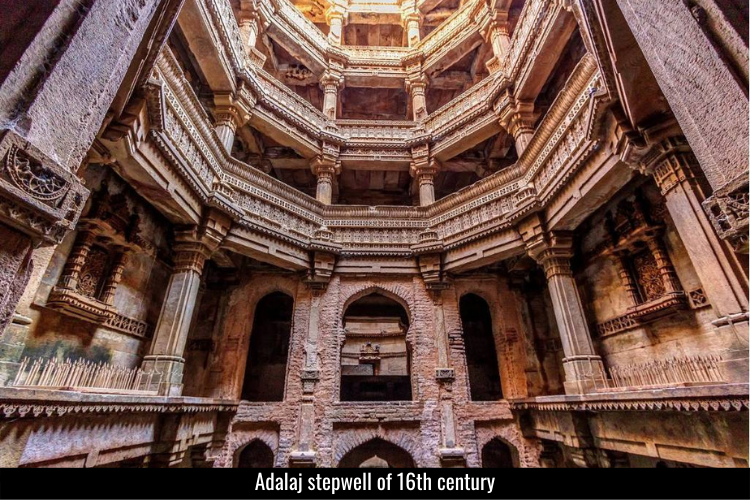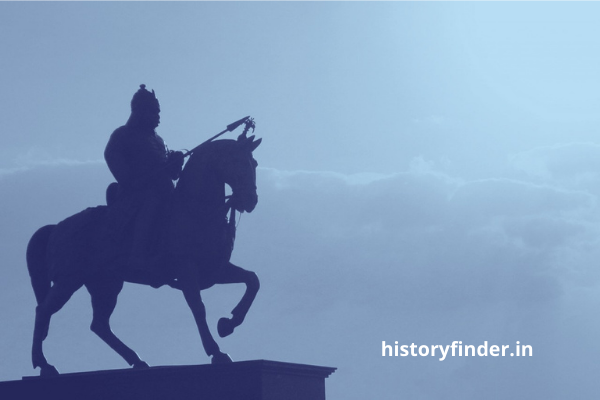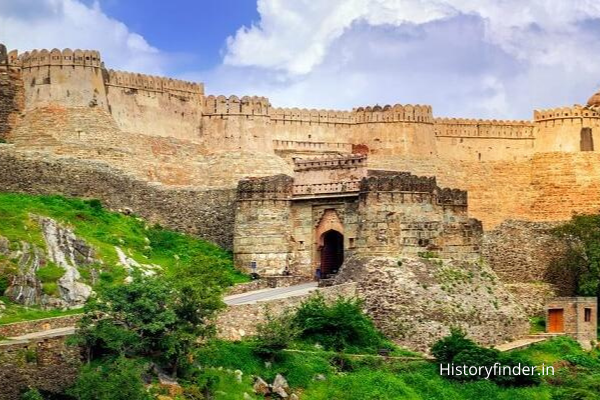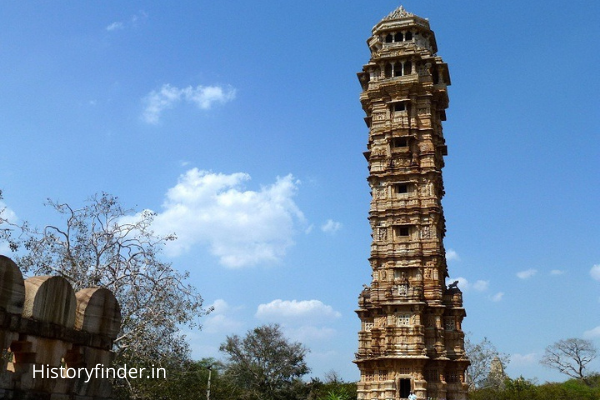The Aga Khan Palace is undoubtedly one of the many historical places in Pune, Maharashtra. Sultan Mohammed Shah Aga Khan III, constructed the majestic palace in 1892 CE. However, later in 1969, the palace went under control of the Government of India. Archaeological Survey of India (ASI) had also declared the palace as a heritage construction. But why did the Aga Khan palace become famous in the history of Pune? Well, you will find some amazing historical facts going forward.
But why the palace of Aga Khan is considered as one of the historically important palaces in India? Why was the palace built?
History of construction of Aga Khan Palace
The palace was a symbolizes an act of charity!
Sultan Mohammed Shah also was the 48th spiritual head of the Khoja Ismaili religion. The famine struck villagers hardly had any option to live their family. Legend goes that the Sultan wanted to provide employment to the poor villagers of the surrounding region. This construction work had employed 1000 poor villagers.
It took five years to construct the Aga Khan Palace. The estimated cost of construction was approximately Rupees 12 lakhs (US$ 16,000).
Design and architecture
Aga Khan Palace is a three storied construction consisting of five halls. The Italian arches and spacious lawns adds a marvelous look to it. Here are some more details about Aga Khan Palace design and architecture:
- Total area: 19 Acres (77,000 square meters)
- Palace build up area: 7 acres (28,000 square meters)
- Ground floor area: 1756 square meters
- First floor area: 1080 square meters
- Second floor area: 445 square meters
Connection with Mahatma Gandhi
Mahatma Gandhi, launched ‘Quit India Movement’ on 8 August 1942. British Government arrested Gandhi immediately from Bombay to make this movement unsuccessful.
The other arrested personalities were Gandhi’s wife Kasturba Gandhi, secretary Mahadev Desai, Sarojini Naidu. Within 6 days of his arrest, Mahadev Desai died of a heart attack. Kasturba also suffered prolonged illness could not survive more than 18 months of imprisonment. She finally died on February 22, 1944. The ‘Samadhis’ of both Desai and Kasturba were built at the Aga Khan Palace. Celebrated architect Charles Correa had built these samadhis.
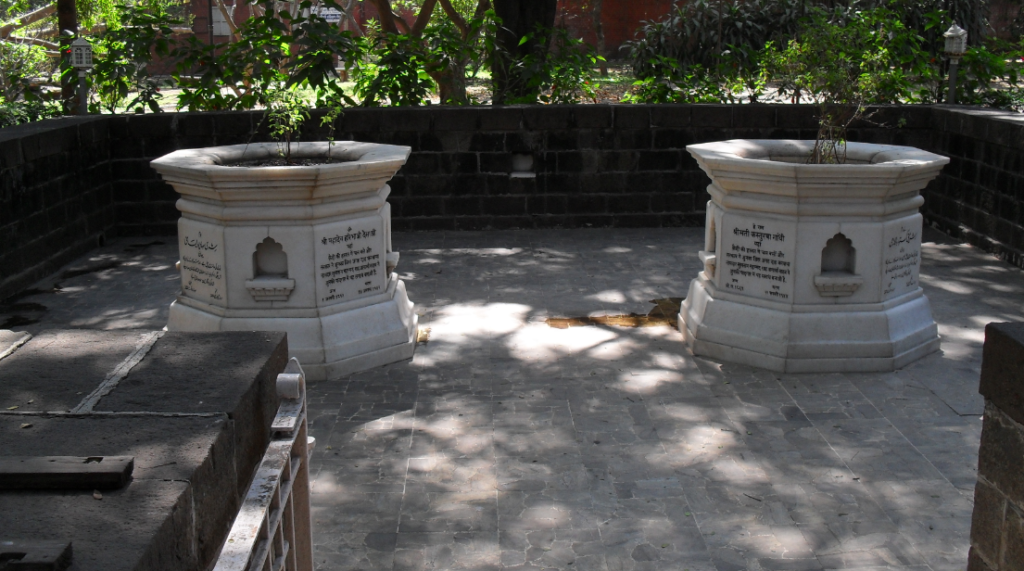
Sarojini Naidu also suffered from severe illness. Hence, the British finally released her on 19 March, 1943. Gandhi stayed in Aga Khan Palace under the British surveillance from 9 August, 1942 till 6 May, 1944.
Ashes of Mahatma Gandhi
Aga Khan Palace also famous in history of India for one more reason.
After assassination of Mahatma Gandhi in January 1948, his body was duly cremated. However, his ashes were not scattered on river, but distributed to various memorials across the country. Aga Khan Palace is one of those memorials that also houses Gandhi’s ashes.

History of Aga Khan Palace post independence of India
Prince Aga Khan IV donated the palace to the public in 1969 CE to mark his respect to Mahatma Gandhi and philosophies.
In 1974, Prime Minister Smt. Indira Gandhi had visited the palace. She announced an annual donation of Rupees 200,000 for the necessary maintenance of the historical monument. The amount rose to Rs. 1,000,000 in next couple of decades.
Archaeological Survey of India declared Aga Khan palace as a ‘Monument of national importance’ on 3 March, 2003.
Frequently asked questions (FAQs)
Aga Khan Palace is famous for it’s connection with Mahatma Gandhi, the leader of India freedom movements against the British rule. Gandhiji spent almost two years in this palace for launching ‘Quit India Movement’. It is also among the few places that houses Gandhi memorial and his ashes.
Today, the Aga Khan Palace serves as a memorial to Gandhiji and his philosophies. It is also one of the top historical places in Pune. The samadhis of Kasturba Gandhi and Mahadev Desai are also located within the palace premises. Aga Khan Palace also houses Mahatma Gandhi’s ashes among the very Gandhi memorials across India.
Apart for those, the museum consists of various items those Gandhiji used.
No. Mahatma Gandhi’s body was cremated at Allahabad. But his ashes were not scattered in the river but distributed to various Gandhi memorials including the Aga Khan Palace at Pune.
Yes. There is no restriction for photography.

